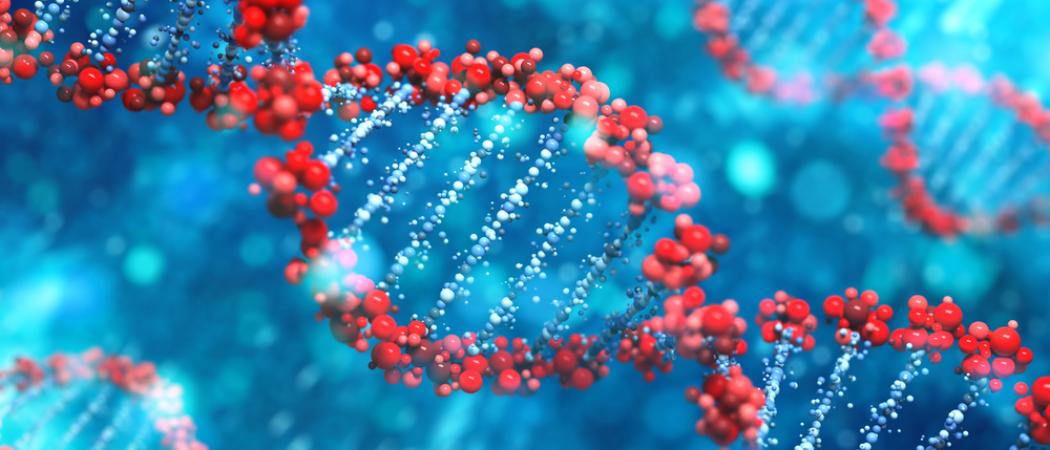
Even though each of the cells in our body carries the exact same DNA sequence, there’s a huge variety of cell types and functions. These differences stem from how the DNA sequence is interpreted: not all genes are ‘switched on’ in each cell.
Looking for patterns
Recent advances in single-cell sequencing have already made it possible to measure which of our 20,000 genes are active in an individual cell. With over 30 trillion cells in the human body, these techniques provide an unprecedented level of detail that is revolutionising research in biology and medicine. But when this method is applied to thousands of cells from different tissues, it becomes increasingly challenging to process the enormous amounts of data and detect meaningful patterns.
Computational biologist Stein Aerts (KU Leuven/VIB) and his team joined forces with mathematicians, bioengineers, and IT specialists to rise to the challenge. “We developed SCENIC, a computer program that identifies different cell types based on their gene expression patterns, quickly and accurately. This allows for a better understanding of how the fate of the cell types is regulated, and for the identification of master regulators, which could also be potential drug targets.”
Our method could help develop an 'atlas' of all cells in our body. The result would be an invaluable source of information for research and medicine.
Invaluable source of information
“This novel method doesn’t just help us to learn more about the different cells in our body,” says postdoctoral researcher Sara Aibar Santos. “It also tells us how cell activity changes in the course of time, or when we get sick.”
The team has already applied the method to brain tissue of mice and humans. They also used it to analyse and compare cancer cells from brain and skin tumours, which led to the identification of new cell types related to metastasis, the spreading of cancer cells to other parts of the body.
The method could help develop the Human Cell Atlas, a global effort aimed at mapping all different cell types and states in the human body. “This atlas would be an invaluable source of information for both research and medicine,” Aibar Santos continues. “It would allow us to systematically study the biological changes associated with different diseases, to understand where disease-associated genes are active in our bodies, analyse the molecular mechanisms that govern the production and activity of different cell types, and sort out how different cell types combine and work together to form tissues.”



 A unique international forum for public research organisations and companies to connect their external engagement with strategic interests around their R&D system.
A unique international forum for public research organisations and companies to connect their external engagement with strategic interests around their R&D system.